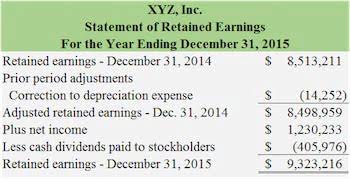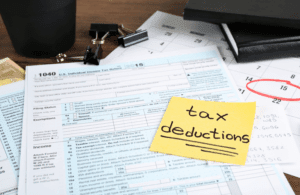2 2 Future Value of Annuities Mathematics of Finance

The future value of an annuity calculation shows what the payments from an annuity will be worth at a specified date in the future, based on a consistent rate of return. This number can be used to make financial planning easier because you’ll know more accurately how much your annuity payments will be worth in the future. The word present value in the annuity formula refers to the amount of money needed today to fund a series of future annuity payments. The value of money over time is worth more as the sum of money received today has greater value than the sum of money received in the future. This calculator helps individuals and financial planners determine how much a series of fixed payments (annuity) will be worth at a future date, given a specified rate of interest. The importance of this calculation lies in its ability to provide a clear picture of the value of investments or savings over time, assisting in making informed financial decisions.
C. Future Value of Ordinary General Annuity
A number of online calculators can compute present value for your annuity. But if you want to figure out present value the old-fashioned way, you can rely on a mathematical formula (with the help of a spreadsheet if you’re comfortable using one). Bookkeeping for Consultants If you want to figure out what the annuity might be worth over the course of ten years, use “10” in place of “n” in the formula above.

Annuities Due
- To calculate an annuity’s present value, simply discount the future payments at a specified interest rate.
- The Set for Life instant scratch n’ win ticket offers players a chance to win $1,000 per week for the next 25 years starting immediately upon validation.
- An annuity due is the total payment required at the beginning of the payment schedule, such as the 1st of the month.
- Practically anyone planning for the future—whether it’s saving for retirement, education funds, or managing long-term financial investments.
- With this option, you can set the payment to be made at the end of the period (ordinary annuity) or the beginning of each period (annuity due).
- Also, for compound interest problems, we use the periodic interest rate per compounding period (asciimathi/asciimath).
Hence, 540 payments of $300 at 9% compounded monthly results in a total saving of $2,221,463.54 by the age of retirement. They provide a clear, quantitative framework for comparing different investment or savings options, helping to select the most appropriate one based on future value projections. First, it tells you how much you’ll receive from the annuity based on the three variables.

Are Annuities a Good Investment?
A fluctuating interest rate environment can significantly alter the future value of future value of annuity annuities, necessitating periodic re-evaluation of financial plans. Moreover, understanding these dynamics is crucial in managing investment risk and aligning expectations with market realities. In essence, the future value of the annuity is a powerful tool that provides a clear and quantifiable understanding of the long-term implications of financial choices made today.
- We write about annuities (the good and the bad) and provide strategies to help Americans prepare for retirement.
- An annuity is a series of payments made over a period of time, often for the same amount each period.
- In other words, with this annuity calculator, you can estimate the future value of a series of periodic payments.
- The following annuity types are defined by the amount of volatility they can experience.
- Because of the time value of money, money received today is worth more than the same amount of money in the future because it can be invested in the meantime.
- The annuity has a 4% interest rate and annual payments start the next calendar year.
- The discount rate reflects the time value of money, which means that a dollar today is worth more than a dollar in the future because it can be invested and potentially earn a return.

Most often, investors and analysts will know one value and try to solve for the other. For instance, if you buy a stock today for $100 that awards a 2% dividend each year, you can calculate the future value of that stock. Alternatively, Certified Public Accountant if you want to have $10,000 of future value on hand for a down payment for a car next year, you can solve for the present value.
- To calculate the future value of annuity due, make sure the calculator is in BGN mode.
- The cash flow per period, also known as the regular payment, is the amount of money exchanged regularly within the annuity.
- They outline the payments needed to pay off a loan and how the portion allocated to principal versus interest changes over time.
- Such calculations and their results help with financial planning and investment decision-making.
- The future value of an annuity calculation shows the total value of a collection of payments at a chosen date in the future, based on a given rate of return.
- To account for payments occurring at the beginning of each period, the ordinary annuity FV formula above requires a slight modification.

An annuity is an insurance contract you purchase to receive payments for a specific period, such as 30 years, or for the rest of your life. An ordinary annuity is a series of equal payments made at the end of consecutive periods over a fixed length of time. This variance in when the payments are made results in different present and future value calculations. In such a case, Formula 3.6 for an ordinary general annuity will be identical to Formula 3.5a for an ordinary simple annuity.

By plugging in the values and solving the formula, you can determine the amount you’d need to invest today to receive the future stream of payments. In this example, with a 5 percent interest rate, the present value might be around $4,329.48. This formula considers the impact of both regular contributions and interest earned over time. By using this formula, you can determine the total value your series of regular investments will reach in the future, considering the power of compound interest. While future value tells you how much a series of investments will be worth in the future, present value takes the opposite approach. It calculates the current amount of money you’d need to invest today to generate a stream of future payments, considering a specific interest rate.
